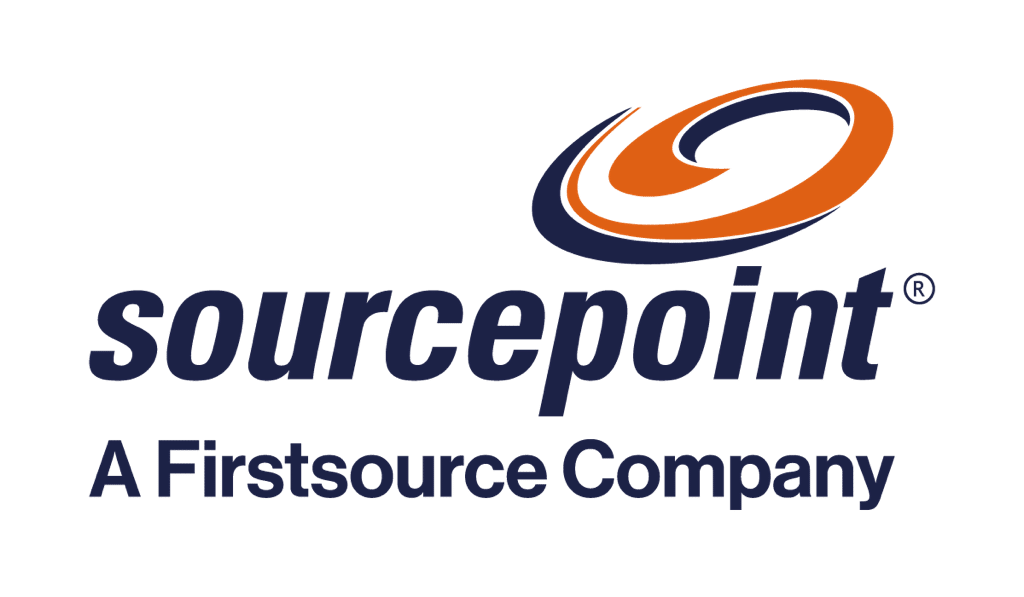As origination volumes decline, the post-closing process is taking on a new significance for mortgage companies. Ensuring quality control in the process can significantly improve profitability. However, most post-closing systems are complex and manually-intensive, making them reactive, time consuming and error-prone.
Lenders that retain the function in-house or rely on settlement agents face a multitude of challenges, including back logs, lack of visibility due to absence of tracking mechanisms, and higher costs. According to the latest Mortgage QC Industry Trends Report, critical defects that would result in the loan being uninsurable or ineligible for sale (attributed to borrower and mortgage eligibility) increased by 70% to 11.36% in the second quarter of 2018. The top three defect categories highlighted in the report were income/employment, loan package documentation, and assets. The increase in defects in loan package documentation, for instance, is often associated with errors made by the settlement agent such as closing table misses/errors or poor quality control due to inadequate staffing.
Automating the post closing process : The opportunity
Automation promises to simplify and streamline the arduous process of performing document collection, data quality checks and quality control reviews. An integrated post-closing and document drafting and management platform can help lenders take a proactive and efficient approach to post-closing, enabling their employees to shift their focus to high value activities - such as ensuring speed to market or improving customer experience. Here’s how it works.The technology-based platform leverages automated workflows tailored to business specific needs to streamline the post-closing mortgage process and provide reporting capabilities. Automated dashboards offer deep insights into performance metrics, empowering c-level executives and managers to drive continuous process improvements. The result is comprehensive support, efficiency and compliance across areas such as post-closing and trailing documents handling, custodial and insuring audits, investor loan file assembly and delivery, fee reconciliations and refunds, and final closing disclosure delivery as per CFPB requirements.
While lenders can leverage their in-house team to implement the integrated platform, it can prove to be challenging on two counts. One, costs on internal implementations can quickly spiral out of control. Two, identifying relevant implementation skills and compliance knowledge in-house can be tough. One way to address this is to partner with an experienced vendor who can deploy the solution at lower cost and risk, significantly enhancing the quality in the post-closing process and ensuring superior compliance. The partnership model helps deliver better outcomes by:
- Providing access to Software as a Solution (SaaS) and Business as a Solution (BaaS) for seamless integration and scalability, while keeping the initial investment low.
- Ensuring that all updates and maintenance are handled by the vendor, reducing operational hassles and improving productivity.
- Supporting the lender in identifying right-fit projects for automation, leading to faster ROI.
- Enabling value stream mapping, systematic quality controls and standardized processes to drive improved governance and quality control.
Learn how Sourcepoint can transform your mortgage post-closing process.




